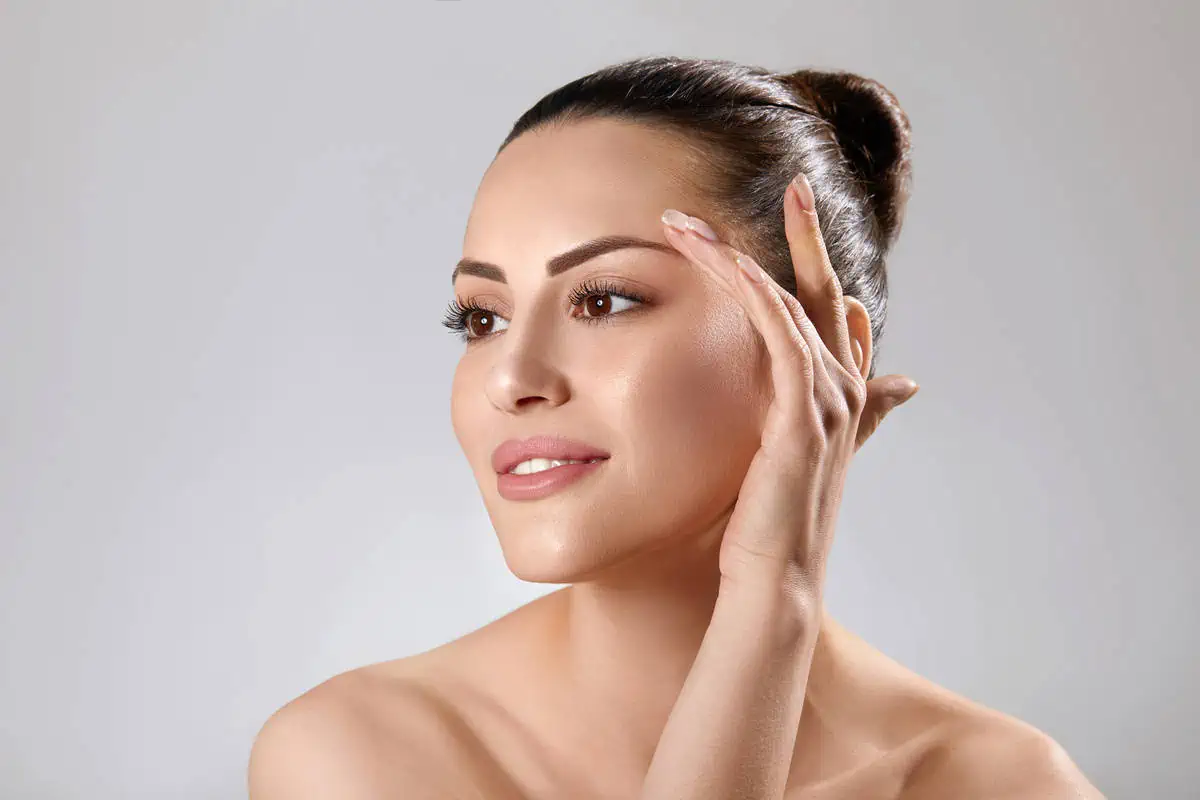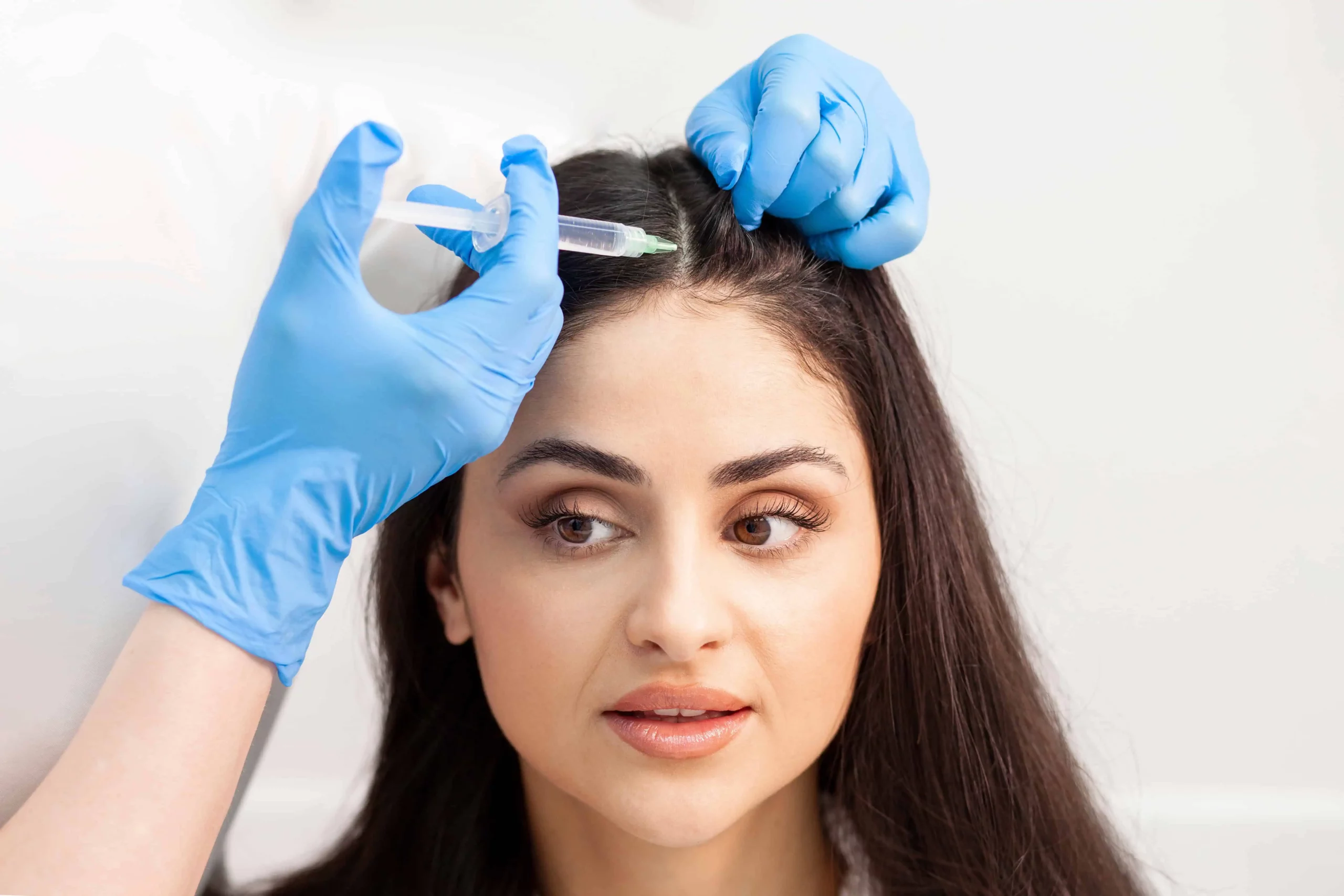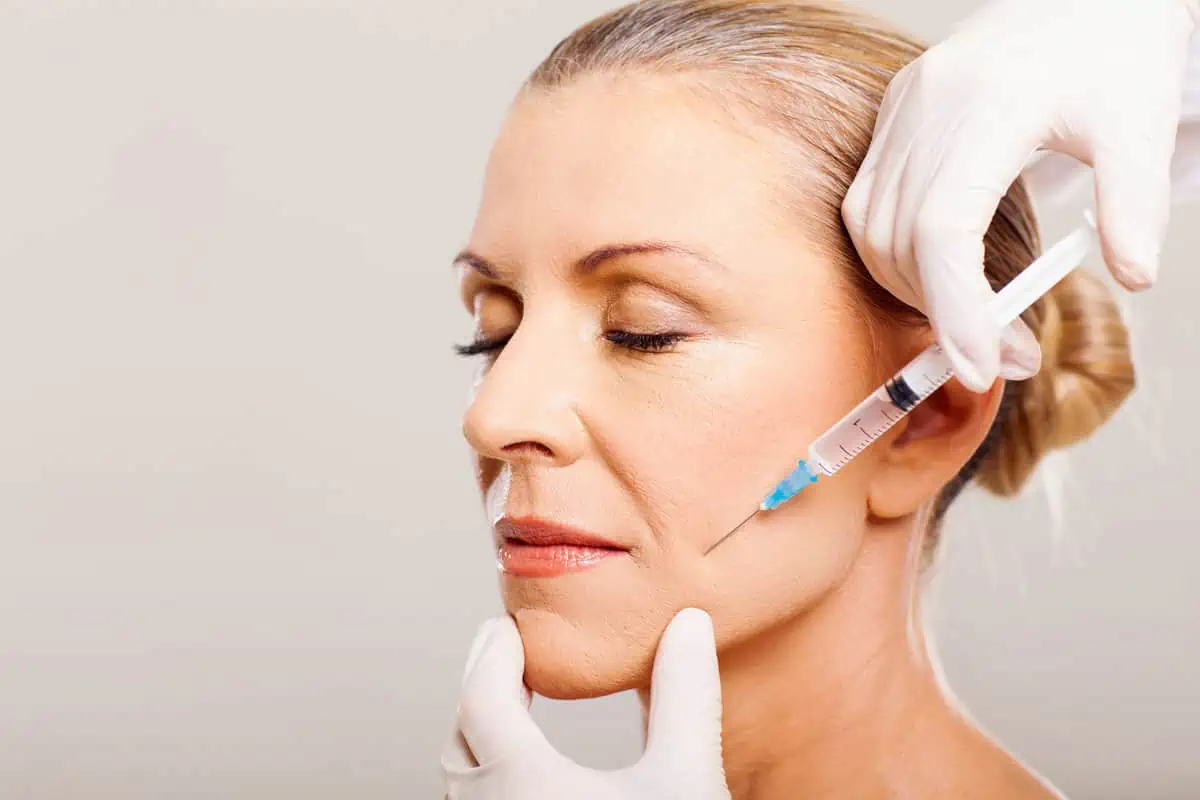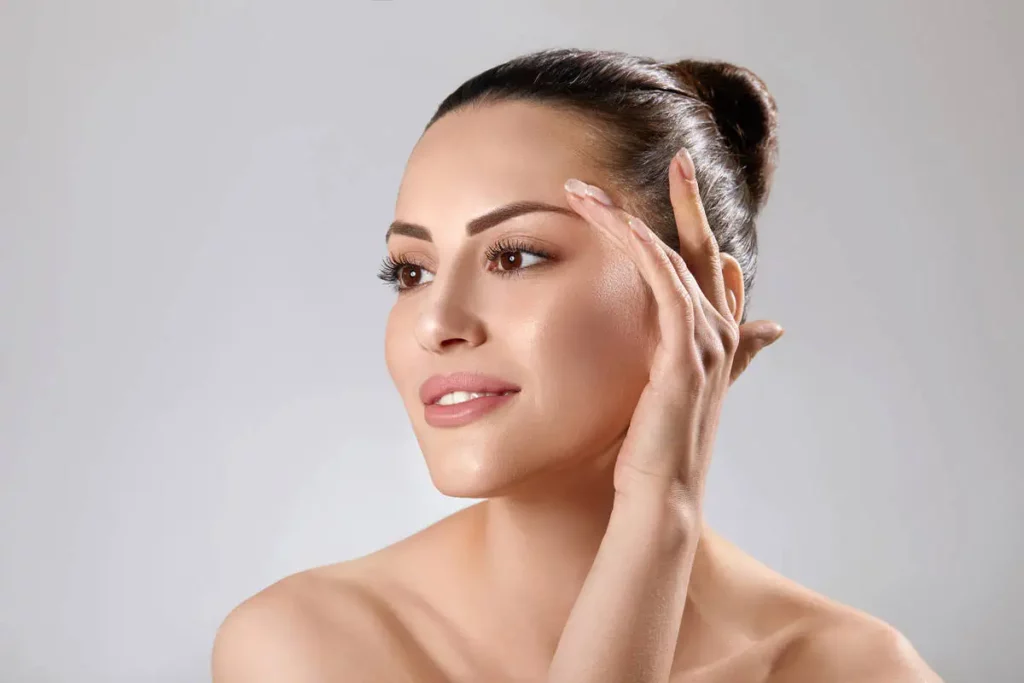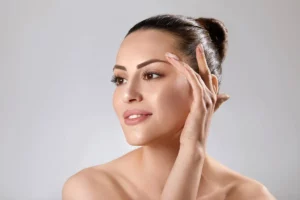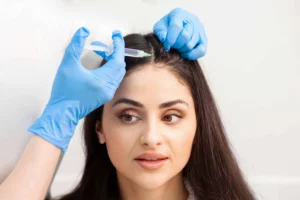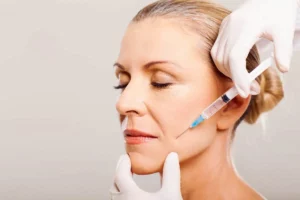Achieving clear, radiant skin is a common goal for many, and the plethora of available treatments can make deciding on the right one overwhelming. Among the many options, the Photofacial is a revolutionary treatment that leverages advanced light technology to address various skin concerns. But how does it compare to traditional skin treatments? At Seamless Aesthetics, we offer Photofacial and traditional skin treatments to help you achieve your skincare goals. This comprehensive guide will explore the differences between Photofacial and traditional treatments, their benefits, and how to determine which one is right for you.
What is a Photofacial?
A Photofacial, also known as Intense Pulsed Light (IPL) therapy, is a non-invasive skin treatment that uses light energy to target and treat various skin imperfections. The photofacial procedure involves directing light pulses at the skin, penetrating the deeper layers to address issues such as pigmentation, sun damage, redness, and fine lines.
How Does a Photofacial Work?
During a Photofacial procedure, intense light pulses are delivered to the skin using a specialized device. The light energy is absorbed by the pigmented cells and blood vessels in the skin, causing them to break down and be naturally eliminated by the body. This process stimulates collagen production, producing smoother, clearer, and more youthful-looking skin.
Benefits of a Photofacial
- Non-Invasive: A Photofacial is a non-surgical treatment with minimal discomfort and no downtime.
- Versatile: It can treat many skin concerns, including sun damage, age spots, redness, and acne scars.
- Quick Treatment: Each session typically lasts 20-30 minutes, making it convenient for those with busy schedules.
- Long-Lasting Results: With proper skincare maintenance, the results of a Photofacial can be long-lasting.
Traditional Skin Treatments
Traditional skin treatments encompass various procedures, from facials and chemical peels to microdermabrasion and laser resurfacing. Each treatment targets specific skin concerns and varies in invasiveness, recovery time, and effectiveness.
Common Traditional Skin Treatments
- Facials: Customizable treatments that cleanse, exfoliate, and hydrate the skin. Ideal for maintenance and improving overall skin health.
- Chemical Peels: Chemical solutions exfoliate the outer layers of the skin, addressing issues like acne, pigmentation, and fine lines.
- Microdermabrasion: A mechanical exfoliation process that removes the outermost layer of dead skin cells, improving skin texture and tone.
- Laser Resurfacing: Laser energy is used to remove layers of skin, promote collagen production, and treat deeper wrinkles, scars, and pigmentation.
Photofacial vs. Traditional Skin Treatments
Treatment Goals
- Photofacial: Best suited for addressing pigmentation issues, redness, and superficial skin imperfections. It’s also effective for overall skin rejuvenation and improving skin tone.
- Traditional Skin Treatments: Can address a wider range of concerns, including deeper wrinkles, severe acne scars, and significant skin laxity. Treatments like chemical peels and laser resurfacing can provide more dramatic results for specific issues.
Invasiveness and Downtime
- Photofacial: Non-invasive with minimal discomfort and no downtime. Patients can typically resume their normal activities immediately after the treatment.
- Traditional Skin Treatments: Invasiveness varies widely. Facials and microdermabrasion are minimally invasive with little to no downtime. At the same time, chemical peels and laser resurfacing can require more recovery time and may involve some discomfort and redness post-treatment.
Frequency of Treatment
- Photofacial: To achieve optimal results, a series of treatments (typically 3-5 sessions) spaced a few weeks apart is often required. Maintenance sessions may be recommended.
- Traditional Skin Treatments: The frequency of treatments depends on the type. Facials can be done monthly, microdermabrasion every 4-6 weeks, chemical peels every few months, and laser resurfacing less frequently due to its intensity.
Results
- Photofacial Results: Noticeable improvements after the first session, with optimal results appearing after multiple treatments. Photofacial before and after photos often show a significant reduction in pigmentation, redness, and fine lines.
- Traditional Skin Treatments: Results vary by treatment. Chemical peels and laser resurfacing can dramatically improve skin texture and tone, while facials and microdermabrasion offer more subtle, cumulative benefits.
Side Effects and Risks
- Photofacial: Generally well-tolerated with minimal side effects, such as mild redness and swelling, which typically subside within a few hours.
- Traditional Skin Treatments: Side effects vary by treatment. Chemical peels can cause redness, peeling, and sensitivity, while laser resurfacing may involve redness, swelling, and a longer recovery period.
Photofacial Procedure: What to Expect
Photofacial Consultation
The first step in your Photofacial journey at Seamless Aesthetics is a thorough Photofacial consultation. During this consultation, our experienced providers will evaluate your skin concerns, discuss your goals, and determine if a Photofacial is the right treatment for you. We will also review your medical history to ensure the procedure is safe for you.
During the Photofacial Procedure
On the day of your Photofacial procedure, the treatment area will be cleansed, and a cooling gel may be applied to enhance comfort. Protective eyewear will be provided to shield your eyes from the intense light. The provider will then use a handheld device to deliver pulses of light to the skin. The sensation is often described as a mild snap or sting, similar to the feeling of a rubber band snapping against the skin.
After the Photofacial Procedure
After the treatment, you may experience mild redness and swelling, which typically subside within a few hours. It’s important to follow post-treatment care instructions, such as avoiding sun exposure and using gentle skincare products. Most patients can resume their normal activities immediately after the treatment.
Photofacial Recovery
Photofacial recovery is generally quick and easy. Any redness or swelling usually resolves within a few hours, and you can apply makeup and sunscreen immediately after the treatment. To ensure the best Photofacial results, it’s crucial to protect your skin from the sun and follow any additional aftercare instructions provided by your provider.
Photofacial Results
Patients often notice an improvement in their skin’s texture and tone after the first session, with more significant results appearing after multiple treatments. Photofacial before and after photos can showcase the remarkable changes, including reduced pigmentation, diminished redness, and smoother skin. The results can last for several months, with maintenance sessions recommended to prolong the benefits.
Is a Photofacial Right for You?
Deciding between photofacial and traditional skin treatments depends on your specific skin concerns, goals, and lifestyle. Here are some factors to consider:
Ideal Candidates for a Photofacial
- Pigmentation Issues: If you have sunspots, age spots, or uneven skin tone, a Photofacial can effectively address these concerns.
- Redness and Rosacea: Those struggling with redness or rosacea may benefit from the light-based treatment of a Photofacial.
- Minimal Downtime: A photofacial is an excellent option if you prefer a treatment with minimal downtime and quick recovery.
- Overall Skin Rejuvenation: For those seeking to improve their skin’s overall texture and appearance, a Photofacial offers comprehensive benefits.
Ideal Candidates for Traditional Skin Treatments
- Deep Wrinkles and Severe Scarring: Treatments like chemical peels or laser resurfacing may provide more dramatic results if you have deep wrinkles or severe acne scars.
- Skin Laxity: Traditional treatments may offer more substantial lifting and tightening for significant skin laxity.
- Customizable Facials: Customizable facials can be tailored to your specific needs for regular maintenance and overall skin health.
- Tolerating Downtime: If you can tolerate some downtime and are seeking more intensive treatment, traditional methods might be the best option.
Conclusion
Photofacial and traditional skin treatments offer unique benefits and can effectively address various skin concerns. At Seamless Aesthetics, we are dedicated to helping you achieve your skincare goals with personalized, high-quality treatments. Whether you choose a Photofacial for its versatility and minimal downtime or a traditional treatment for more targeted results, our experienced team is here to guide you through the process and ensure optimal outcomes.
If you’re considering a Photofacial or other skin treatment, we invite you to schedule a Photofacial consultation at Seamless Aesthetics. During your consultation, we will assess your needs, discuss your goals, and create a customized treatment plan. Contact us today to learn about Photofacial and how it can help you achieve clear, radiant skin.
